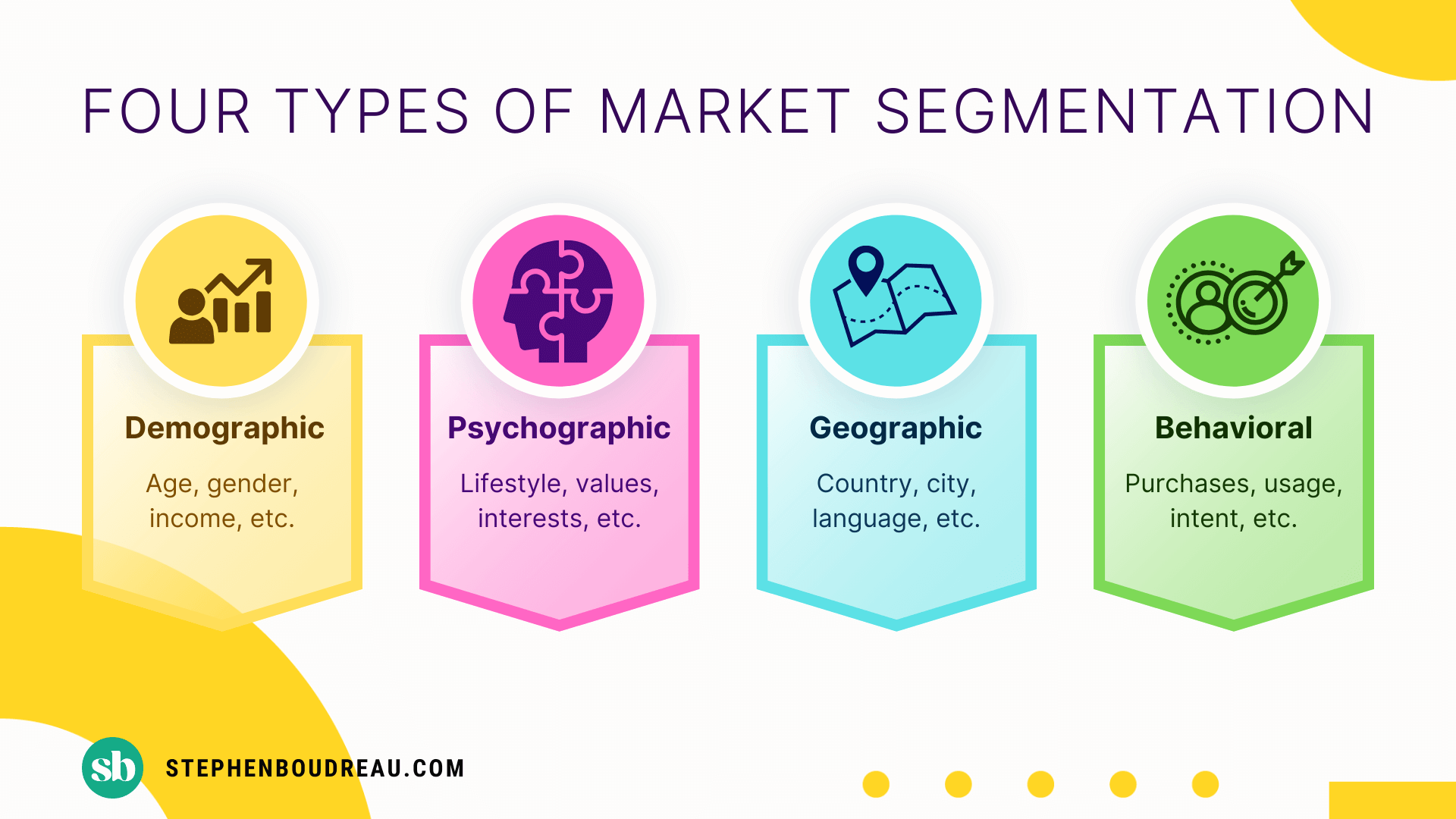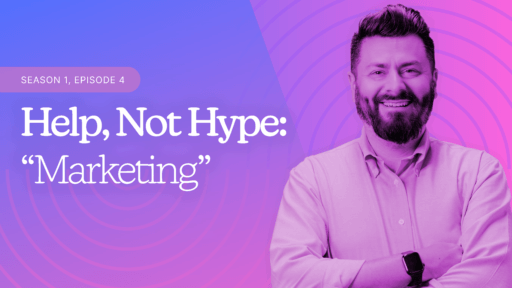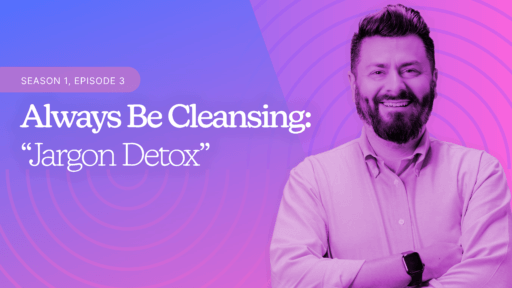“If you try to appeal to everyone, you end up appealing to no one.”
Seth Godin
I was standing in the toothpaste aisle with my two sons, pondering the meaning of life—or more accurately, the meaning of fluoride. It was supposed to be a quick stop at the store, but there we were, 20 minutes deep into a debate I had no idea I’d signed up for.
On one side, my youngest son clutched a tube of sparkly blue, bubblegum-flavored toothpaste like it was the Holy Grail. His argument? It was ‘cool,’ obviously. On the other side, my oldest son raised a plain, mint variety like a writer who’s just found the perfect pen, solemnly nodding to the universe.And there I was, holding a tube of baking soda toothpaste like it was the last sensible option in a world gone mad.
When did toothpaste become so personal?
I realized in that moment, marketing is a lot like shopping for toothpaste. Try to offer a one-size-fits-all solution, and you’ll end up with frustrated customers who feel like no one’s really speaking to them. Sure, I could have grabbed the baking soda tube and called it a day, but then I’d have two grumpy kids and minty-fresh resentment at home.
You see, the problem with trying to please everyone is that you please no one. Enter: segmentation. It’s like handing each shopper their very own perfect tube of toothpaste, designed just for them, rather than shoving the same bland option at every single person.
And that’s where things get interesting.
Let’s break down how thoughtful segmentation can save you from a life of toothpaste-induced chaos.

Demographic Segmentation: The Sparkly Toothpaste Lovers
Demographics are the low-hanging fruit of segmentation. Age, gender, income level—you know the drill. My youngest son is your classic demographic target for sparkly, candy-flavored toothpaste. He’s got a sweet tooth, a limited attention span, and a desire to show off anything that looks like it came from a candy store. What does he want in life? Toothpaste that tastes like a carnival and sparkles like it was blessed by a unicorn.
If a toothpaste brand tried to sell him on “minty freshness” and “advanced plaque removal,” he would tune out faster than you can say “fluoride rinse.” This is where demographic segmentation shines—it speaks directly to who someone is, at their most basic level. Trying to sell bubblegum toothpaste to a 45-year-old finance manager with dental insurance? That’s a one-way ticket to brand irrelevance.
Psychographic Segmentation: The Mint or Bust Brigade
Now, let’s move to my older son. He’s not just a kid with teeth; he’s an aspiring writer-slash-artist-slash-professional-video-game-player. You know, your average Renaissance man in the making. He doesn’t want toothpaste to taste like a sugary treat. No, his psychographics demand something far more serious. He wants to be seen as mature, creative, and, of course, minty-fresh.
Psychographic segmentation digs into values, lifestyles, and attitudes—things that transcend basic demographics. Toothpaste, to him, is not just about function; it’s about image. He wants the adult stuff because he’s thinking about who he wants to be, not just what flavor he likes.
If you’ve ever tried to talk a teenager out of an existential crisis over toothpaste, you’ll understand the absurd beauty of psychographic segmentation. It’s what turns a product from a necessity into a statement about who we are—or who we think we are. My son doesn’t just brush his teeth; he’s declaring, “I’m not a kid anymore. I’m a minty creative genius.” Sell him on the grown-up benefits of mint toothpaste, and you’ve got a customer for life.
Geographic Segmentation: Regional Preferences, Global Dilemmas
Let’s say I finally manage to get us through the toothpaste aisle, but now I’m thinking, what about people who live in different parts of the country—or the world? Geographic segmentation is all about meeting people where they are, quite literally. Toothpaste preferences can vary wildly depending on location. Someone in Texas might want whitening toothpaste to counteract all that iced tea, while folks in colder regions just want something that won’t make their teeth ache in the winter.
Geography shapes culture, and culture shapes preferences. It’s why trying to sell a one-size-fits-all toothpaste globally is like trying to sell snow boots in Florida—nobody’s buying it. Brands that understand where their customers live can tailor their message to fit those specific needs. You’re not just selling toothpaste; you’re selling a product that fits into the everyday lives of people who live in a particular climate, culture, and context.
Behavioral Segmentation: The Sparkles vs. Mint Showdown
Finally, there’s behavioral segmentation—the crown jewel of segmentation strategies. It’s all about understanding how people actually use your product. In our toothpaste showdown, my youngest son doesn’t care about brushing twice a day. He cares about having fun with toothpaste. My oldest, on the other hand, takes his minty rituals very seriously—two minutes of brushing, twice a day, no exceptions.
Behavioral segmentation lets you drill down into how your customers really use your product—like my youngest, who treats toothpaste as a toy, and my oldest, who brushes like he’s preparing for a NASA health inspection. Your marketing can actually make sense when you know what people do with your product.
Maybe you target casual brushers with fun flavors and electric toothbrush bundles, while your hardcore dental enthusiasts get targeted with premium options that promise better gum health in two weeks flat. The more you understand what people do, the better you can meet their needs.
One-Size-Fits-All: The Toothpaste of Doom
When marketers take a one-size-fits-all approach, it’s like offering one sad, flavorless tube of toothpaste to the entire planet. No sparkles, no mint, just a beige blob of paste that whispers, “I’ve given up.”
It’s uninspired, and worse, it doesn’t work.
Your customers are diverse—they have different needs, preferences, and behaviors. A single message, a single product, or a single offer will never be enough to satisfy everyone.
Segmentation, on the other hand, allows you to provide real value. You’re not just another voice in the marketing noise; you’re delivering exactly what your customer wants, right when they need it. You’re making life easier for them—and frankly, for yourself too. Because when you speak to the right people, with the right message, you don’t have to shout.
In the end, trying to appeal to everyone is just as pointless as standing in that toothpaste aisle, wondering if you can get both kids to agree on a single tube. Spoiler alert: you can’t. And honestly, why would you want to? By understanding who your customers are—and giving them the personalized experience they crave—you’ll make your marketing more effective, your customers happier, and your own life a whole lot easier.
Now, if only I could find toothpaste that solves sibling rivalries…






